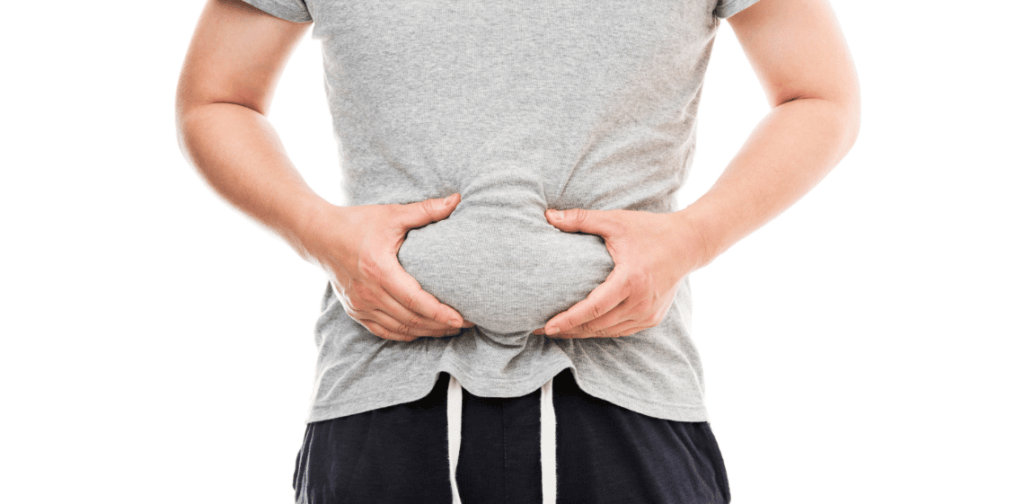Testosterone is an essential hormone in the human body that maintains muscle mass, bone density, and sex drive. Unfortunately, as men age, their testosterone levels naturally decrease, leading to various symptoms, including fatigue, depression, and reduced libido. Many men use testosterone therapy through injections or pellets to combat these symptoms. But which is better? In this article, we'll compare testosterone injections vs. pellets to help you decide which treatment makes the most sense for you.
What Are Testosterone Injections?
There are various protocols for testosterone injections, from weekly, bi-weekly, monthly or our preferred daily injections. The advantage of daily testosterone injections vs. weekly is that they mimic the natural production of testosterone, giving consistent levels. Weekly or bi-weekly shots send you on a hormone rollercoaster that can leave you flagging as the shots wear off.
Most testosterone clinics offer injections administered by a medical professional once every two to four weeks. The injection is in the muscle or buttocks, and the dose is adjustable depending on the patient's needs. Injections provide a quick boost of testosterone, with levels peaking within a few days of the injection. However, levels can fluctuate between injections, leading to mood swings and other symptoms. Some injections can also be painful and may require multiple visits to the doctor's office.
Types of Testosterone Injections
The most common way to take testosterone is by injection. Two types include intramuscular or subcutaneous. Typically, intramuscular injections are given weekly or bi-weekly.
Intramuscular Testosterone Injections
Intramuscular injections can require you to muster up some bravery as they use a 1-1.5 inch long needle to inject the medication deep into the muscular tissue. The injection is 90 degrees into the thigh or buttocks and quickly absorbs into the system. Testosterone injections are administered about once every 2-4 weeks in varying doses, depending on your needs.
The main problem with intramuscular injections is that high-dosage injections can lead to spikes in levels that reduce over time until the next injection. This can be an issue since testosterone works best if it's consistent. It can also be painful and requires a nurse to give the injection. One final problem with constant intramuscular injections is they can lead to a build-up of scar tissue which over the years can make the injections extremely painful.
Subcutaneous Testosterone Injections
Subcutaneous testosterone injections only use a tiny 0.5-inch micro-needle. These injections go just under the skin in the upper thigh, shoulder or abdomen. They are easy to use at home and are a less painful option. Daily subcutaneous testosterone cypionate injections may be more effective than intramuscular injections. (1)
One benefit of the lower dose, which typically ranges from 0.10ml - 0.25m daily, is the daily dose means a consistent level without any drops or spikes, which allows it to provide optimum testosterone support.
Testosterone Pellets
Testosterone pellets are small pellets slightly larger than a grain of rice. A doctor or nurse inserts them just under the skin, typically in the buttocks or abdomen. The pellets slowly release testosterone over three to six months. While pellets can eliminate the need for regular injections, inserting them can be painful and may require local anesthesia. (2)
While some men may have adverse reactions (3) requiring pellet removal, they are a safe alternative to injections. They can last longer, reducing visits to your healthcare professional.
Why Choose Testosterone Injections Over Pellets?
Injections are often the preferred method of testosterone replacement therapy for many patients due to their clinical effectiveness. These shots deliver a precise dosage of hormones into the body, allowing easy adjustment. In addition, medical professionals can closely monitor you to ensure you get the correct dose.
Injections can ensure an individualized approach to hormone replacement therapy with minimal discomfort during the procedure and fewer potential side effects.
The Downside of Testosterone Pellets
Although they both provide support, pellets can be problematic.
- Since everyone absorbs testosterone differently, getting the dose correct using pellets can be challenging.
- Even if you have the wrong dose, you'd have to wait 3 months before getting it right when the next pellets go in, leaving you with any side effects and the knowledge you're not getting the full benefits.
- Pellets go under the skin and require a surgical procedure to have them inserted, which can cause infection.
- Some men may not do well with pellets if their body rejects them, forcing another procedure to remove them.
Testosterone Injections vs. Pellets: Which is Better?
When considering testosterone injections vs. pellets, it's essential to understand that they have advantages and disadvantages. Daily subcutaneous injections are a good option for most people because they offer precise dosing and consistent levels and are far less painful. On the other hand, creams can be a good option for those who fear needles and pellets for those who don't mind a slightly more invasive procedure. Ultimately, the decision between testosterone injections vs. pellets is down to you, but we strongly suggest the subcutaneous daily route or our daily lipoderm cream.
Pros and Cons of Hormone Pellets and Injections
Testosterone therapy can be an effective treatment for men with low testosterone levels or symptoms of low T. Looking at the pros and cons of hormone pellets, from our experience, pellet therapy has too many drawbacks, so we don't prescribe them. If you're considering testosterone therapy, you can discuss your options with a medical professional to determine the best treatment for you. Why not take our online assessment or schedule a free consult below?

How You Feel Tomorrow Starts TODAY!





